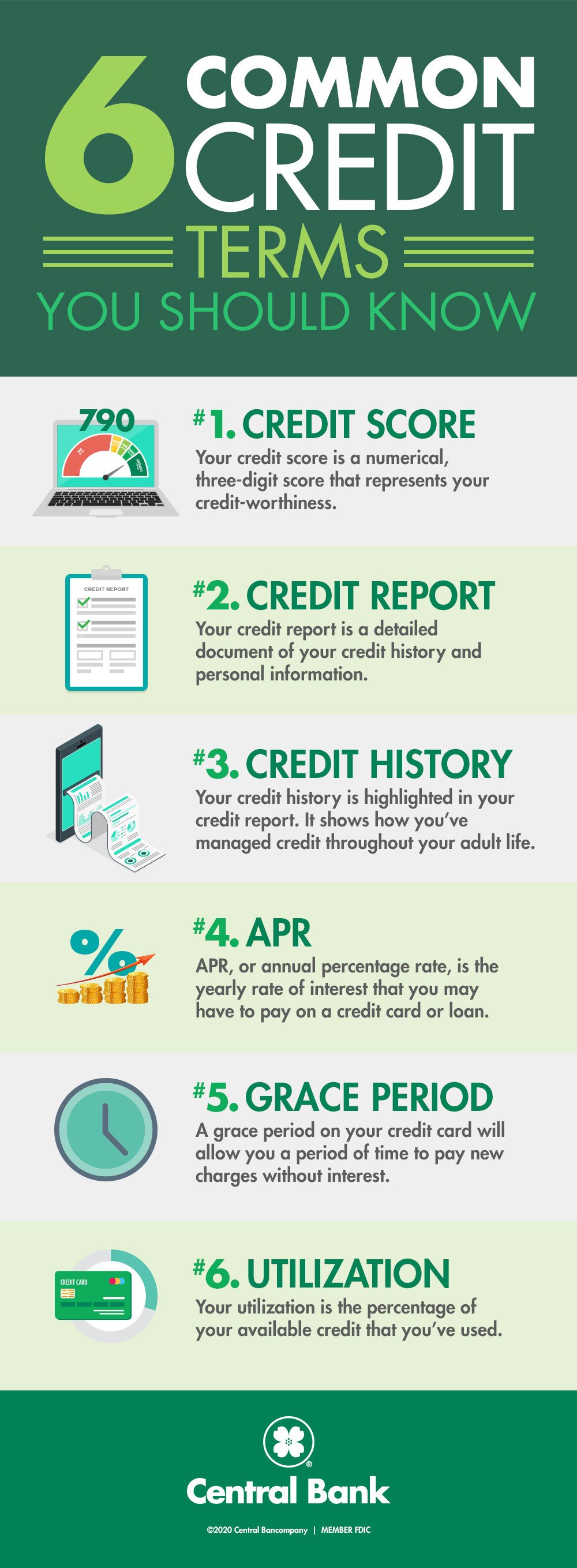1. Credit score
This first one may seem like a no-brainer, but a lot of people actually get a little confused when discussing their credit score and their credit report. Your credit score is a numerical, three-digit score that represents your creditworthiness. Lenders will use your credit score to determine whether or not they feel confident in letting you borrow their money. Scores can range anywhere from 300 to 850, and the higher your score is, the better you look. If you have a high credit score, lenders will feel comfortable in lending you a larger sum of money.
2. Credit report
Your credit report is a detailed document of your credit history. A credit report also includes personal information, such as your address, phone number, and social security number. Credit bureaus will add information to your credit report as time goes on, often because companies you make payments to will report to them. The three main credit bureaus are Equifax, Experian, and TransUnion.
3. Credit history
Your credit history is highlighted in your credit report. It shows how you've managed credit throughout your adult life. Your credit history doesn't include personal information like your credit report, but rather tracks any bankruptcies or run-ins with debt collectors.
4. APR
Your APR, or annual percentage rate, is the yearly rate of interest that you may have to pay on your credit card. Your card may have several annual percentage rates of which you need to be aware, so check with your creditor to make sure you are well-versed in each one.

5. Grace period
Most credit card companies will provide grace periods, but it's important that you check up with your card issuer to be certain that it is clearly described. A grace period is the time between the end of a billing cycle and the date your monthly payment is due. Your grace period will allow you that period of time to pay new charges without interest. The key to using your grace period is paying in full consistently before they payment due date.
6. Utilization
Your utilization rate is the percentage of your available credit that you've used. For instance, you may be given $1,000 a month but only use $300 of it. That would mean your utilization rate would be 30%. Your utilization rate is a key component to your credit score. If you have a high utilization rate, it could lower your credit score and vice-versa.
Credit doesn't have to be as confusing as it seems. Use these six terms to learn the basics, and your credit knowledge will only grow from here. For more information on credit management, visit Central Bank's Learning Center.
And, if you're curious where your credit currently stands, our MaxMoney® Checking Account gives you access to your credit report every 90 days with constant monitoring. Learn more today and take control of your financial well-being.